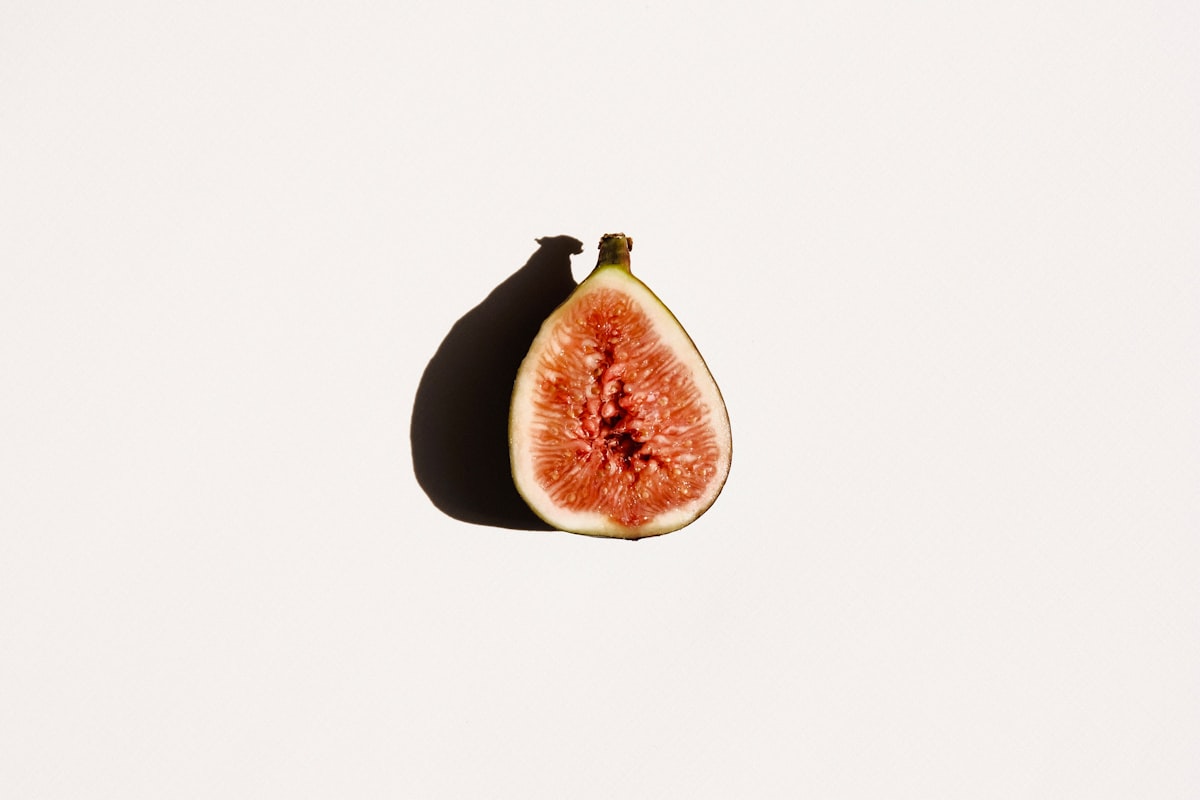What's inside a fig? Discover the fascinating relationship between figs and wasps
The relationship between figs and wasps is more complex than we imagine; the fig tree could not survive without the wasps, and vice versa, but why?

If you are an observant person, it is possible that by eating a fig you have noticed its peculiar shape, and what you might think are seeds, are flowers. Then the concern arises. Are flowers inside a fruit? Surprisingly, fig trees produce their flowers inside figs; that's right, a fig is not a fruit. Rather, it is a structure that is technically called a syconium, and within it are hundreds of small flowers.
There are about 750 species of fig trees worldwide, all belonging to the genus Ficus. However, we only consume the sweet and crunchy figs of one species of cultivated tree: the common fig tree (Ficus carica).
The only way for pollinators to access these flowers is through a very small hole, called an ostiolo, which is located at the bottom of the fig and is highly selective. Like other fruit tree species, fig trees require animal pollination for the production of fruit and seeds. The pollinators of fig trees are par excellence wasps, which mostly belong to the family Agaonidae and are characterized by their millimetric size.
In reality, the relationship between figs and wasps is a little more complex than we imagine; the fig tree could not survive without the wasps, and vice versa, but why? The main objective of the wasps is not to pollinate the flowers inside the fig, but to ensure that their children have a place where they can grow and reproduce; the perfect place is inside the flowers that are enclosed within the syconium.
Inside the fig, there are two types of flowers: female and male. In most species of fig trees, the female flowers ripen before the male ones, so when the fig is immature (green), the female flowers are ready to receive pollen. Pregnant" female wasps, loaded with pollen, are attracted to an immature fig, which they enter through the oyster.
The wasps, although very small, usually have some setbacks during the access to that hole; when doing so they usually lose their wings and antennas. Fortunately, once the suffering is over, the wasps can deposit dozens of eggs in the female flowers; one egg for each one of them. In response to wasp egg deposition, the female flowers form a structure called a gill, which will provide shelter, food, and protection for the newly laid eggs.
Exhausted and dying, the female wasps die inside the fig when that work is done. But, for the benefit of the fig tree, not all the female flowers are adapted to host the descendants of the wasps; some of them are pollinated over time.
As the fig matures, the eggs of the wasps, male and female, develop within the gills of some female flowers, while in the other flowers that became pollinated, the fruits and seeds are formed. The male wasps reach maturity before the females, when they come out of their gills, they must copulate with the females, and immediately they have to dig tunnels that, later, will serve the females to escape from the fig.
So, what about the male wasps? Unfortunately, they are not destined to come out of the fig; once they have reproduced and dug the tunnels, the males will die. It is for this reason that they are born without wings; they do not need them because they never leave the fig.
Soon after, the "pregnant" female wasps come out of their gills at the exact moment when the male flowers have reached maturity. In their urge to get out of the fig, the females look for the tunnels that the males previously dug for them. During the search, the females get muddy from the pollen of the male flowers. Thus, upon emerging from the fig, the fertilized, pollen-laden female wasps will look for new, immature figs to repeat the cycle.
This fascinating story does not end here; in the tropical forests, figs, when already mature, become extremely attractive as food for a great diversity of animals, for example, birds, bats, monkeys, among others. These animals play a very important role in the propagation of new fig trees since by consuming the figs they also ingest the seeds and disperse them.
It is surprising how many interactions a fig tree can have with so many animals; from the close relationship with the small wasps to the sweet feast, it offers to the larger animals. It is truly an ecological theater!
By Ximena Contreras Varela and Armando Aguirre Jaimes, Source: Inecol




